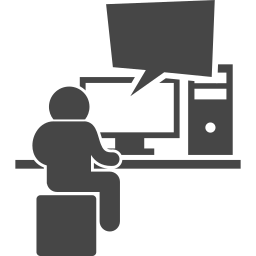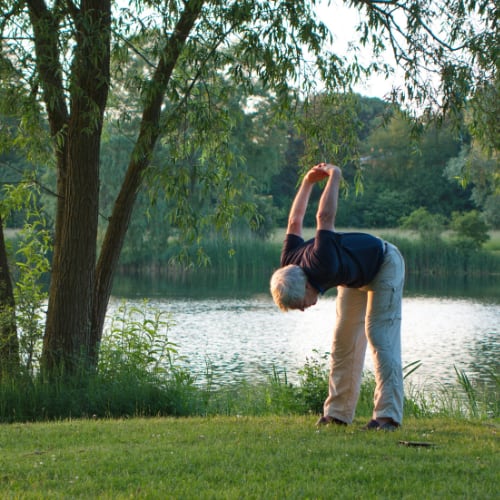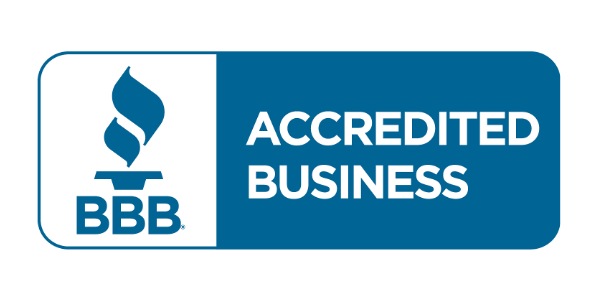 Foundation 2: The Power of Movement
Foundation 2: The Power of Movement
Foundation 2: The Power of Movement

-
Main Ideas
Learning Objective
Understand the health benefits of regular movement and identify various types of physical activity to support overall well-being.
Behavioral Objective
Incorporate at least 20 minutes of physical activity into daily routines, gradually increasing intensity and variety over time.
Key Thought
Movement is a cornerstone of health, offering physical, mental, and emotional benefits that promote vitality and resilience.
-
Main Ideas
Learning Objective
Understand the health benefits of regular movement and identify various types of physical activity to support overall well-being.
Behavioral Objective
Incorporate at least 20 minutes of physical activity into daily routines, gradually increasing intensity and variety over time.
Key Thought
Movement is a cornerstone of health, offering physical, mental, and emotional benefits that promote vitality and resilience.
-
Terms
- Cardiovascular Health
noun
The health and function of the heart and blood vessels, improved through regular physical activity, which helps reduce the risk of heart disease and related conditions.
- Flexibility Exercises
noun
Activities that enhance the range of motion of muscles and joints, such as yoga or stretching, promoting mobility and reducing the risk of injury.
- High-Intensity Interval Training (HIIT)
noun
A form of exercise that alternates short bursts of intense activity with periods of rest or lower-intensity activity, known for improving cardiovascular health and metabolic function.
- Mindful Movement
noun
Activities like yoga or Pilates that combine physical movement with mental focus and relaxation techniques.
- Strength Training
noun
Exercises designed to improve muscular strength and endurance, often involving weights or resistance bands. It helps increase muscle mass, bone density, and metabolic rate.
-
Terms
- Cardiovascular Health
noun
The health and function of the heart and blood vessels, improved through regular physical activity, which helps reduce the risk of heart disease and related conditions.
- Flexibility Exercises
noun
Activities that enhance the range of motion of muscles and joints, such as yoga or stretching, promoting mobility and reducing the risk of injury.
- High-Intensity Interval Training (HIIT)
noun
A form of exercise that alternates short bursts of intense activity with periods of rest or lower-intensity activity, known for improving cardiovascular health and metabolic function.
- Mindful Movement
noun
Activities like yoga or Pilates that combine physical movement with mental focus and relaxation techniques.
- Strength Training
noun
Exercises designed to improve muscular strength and endurance, often involving weights or resistance bands. It helps increase muscle mass, bone density, and metabolic rate.
Introduction
Movement is vital for both physical and mental health. Foundation 2 focuses on the power of regular movement to boost energy, improve mood, and reduce the risk of chronic diseases. From simple activities like walking to structured exercise routines, incorporating diverse types of movement into your day enhances flexibility, strength, and overall well-being while supporting a more balanced, resilient life.
The Importance of Movement
Movement is more than exercise-it's a cornerstone of health. Regular physical activity improves cardiovascular health, enhances mood, and boosts energy levels. Incorporating movement into your daily routine can also reduce the risk of chronic diseases such as heart disease, diabetes, and obesity, making it an essential component of a balanced lifestyle.
Types of Movement
Different forms of movement offer unique benefits:
- Cardiovascular Exercise: Activities like brisk walking, running, or cycling improve heart health and increase endurance.
- Strength Training: Resistance exercises, such as weightlifting, help build muscle and maintain bone density.
- Flexibility and Balance: Practices like yoga or tai chi enhance mobility, coordination, and injury prevention.
- Mindful Movement: Activities that combine physical exercise with mindfulness, such as Pilates, promote mental clarity and reduce stress.
Practical Tips for Staying Active
Incorporating movement into your daily life doesn't have to be complicated. Consider these simple strategies:
- Start Small: Begin with short, manageable activities like a 10-minute walk, and gradually increase the duration and intensity.
- Make It Fun: Choose activities you enjoy, such as dancing, hiking, or playing a sport, to stay motivated.
- Incorporate Variety: Mix different types of movement to engage various muscle groups and keep your routine interesting.
- Set Goals: Track your progress with achievable milestones, like walking 5,000 steps a day or completing a fitness class.
The Mental Benefits of Movement
Physical activity is not just for the body; it also strengthens the mind. Exercise releases endorphins, the "feel-good" chemicals that boost mood and reduce stress. Regular movement improves focus, enhances cognitive function, and even helps mitigate symptoms of anxiety and depression, making it a vital tool for mental health.
Overcoming Barriers to Movement
Lack of time, motivation, or access to fitness facilities often hinders regular movement. However, small changes, like taking the stairs instead of the elevator or stretching during breaks, can make a big difference. Prioritize movement by scheduling it into your day, just like any other important task.
Movement as a Lifelong Habit
Adopting regular movement as a lifestyle habit ensures lasting benefits. As you age, staying active helps maintain mobility, reduces the risk of falls, and supports independence. Remember, it's never too late to start building a habit of movement that aligns with your abilities and goals.
Movement Journal
Objective: Increase awareness of daily physical activity patterns and identify areas for improvement.
- For one week, keep a daily journal of all physical activities you engage in, including walking, exercise, and household tasks.
- Note the type, duration, and intensity of each activity.
- At the end of the week, review your journal to identify patterns and areas where you can incorporate more movement into your routine.
Create a Weekly Movement Plan
Objective: Develop a structured plan to incorporate diverse forms of physical activity into your week.
- Design a weekly exercise schedule that includes a mix of cardio, strength training, and flexibility exercises.
- Set specific goals for each day, such as a 30-minute walk on Monday, a yoga session on Wednesday, and a HIIT workout on Friday.
- At the end of the week, reflect on how well you adhered to your plan and adjust your schedule as needed for the following week.
Explore New Activities
Objective: Expand your physical activity repertoire by trying new exercises and activities.
- Choose one new physical activity to try this week, such as a dance class, a different form of cardio, or a new outdoor sport.
- After participating, note your experience in terms of enjoyment, difficulty, and how your body feels afterward.
- Reflect on whether you would like to incorporate this new activity into your regular routine and how it benefits your overall wellness.
Course Outline
![]() Session Expired from Inactivity
Session Expired from Inactivity
Do you want to?
9618 Jefferson Highway, Suite D-191
Baton Rouge LA 70809-9636
(888) 424-0032 |
support@supplementrelief.com
* Disclaimer: This page is available exclusively for SupplementRelief.com clients. None of the information on this website is intended to replace your relationship with your healthcare provider(s). Nothing should be considered medical advice. The information, knowledge, and experience shared on this website are the opinions of SupplementRelief.com. This site and its content are intended to enhance your knowledge base as YOU MAKE YOUR OWN HEALTHCARE DECISIONS in partnership with your qualified health professional.
* These statements have not been evaluated by the Food and Drug Administration. These products and services are not intended to diagnose, treat, cure, or prevent disease.
* There is NO GUARANTEE OF SPECIFIC RESULTS for the products or services offered, and the RESULTS CAN VARY for each individual. Any results claimed by our customers are based on individual experiences that are unique and cannot be guaranteed.
FirstFitness Nutrition and NuMedica may be promoted and sold on the internet ONLY by Authorized Resellers who have been approved by and have registered their website domain with these companies. They strictly prohibit, and actively monitor, the UNAUTHORIZED SALE or RESALE of their products in ALL online public shopping portals including Amazon, eBay, and others and into other countries. All products purchased in SupplementRelief.com are for PERSONAL USE ONLY and CANNOT BE RESOLD to others. Please report violations of Reseller Policy directly to FirstFitness Nutrition at 800.621.4348 and to NuMedica at 800.869.8100.
The content and photographs on this website are copyrighted or Licensed Material and may not be downloaded for other than personal use. Republication, retransmission, reproduction, or any other use of the content or photographs is prohibited. ©2010-2024 SupplementRelief.com.
Are you sure you want to remove this item?


